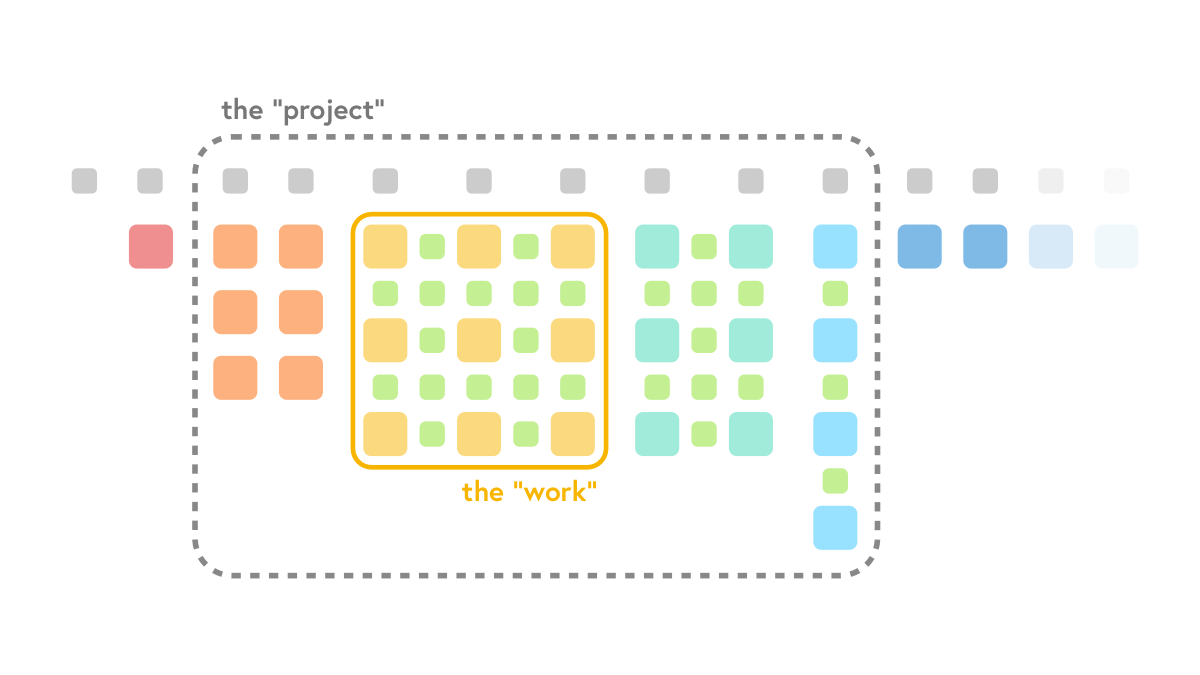User flow design (7-step guide)
User flow is a diagram showing the path a user will take in an application to complete a task, such as making a purchase, signing up for a newsletter, etc. A user flow helps designers focus on the user’s needs and find the most efficient way to meet them.
How to design a user flow, … Read the rest
Category: DESIGN
Main category
Onboarding UX Playbook
Onboarding UX Playbook (https://lnkd.in/eiKcTgZd), a practical guide on how to design better onboarding, common mistakes to avoid and some practical guidelines — along with decision trees and Figma templates below. Neatly put together by Ben Shih.
Ben highlights a few valuable points that are often forgotten or overlooked. In many interfaces, onboarding ends after just a few of … Read the rest
Accessibility Overlays
Why Accessibility Overlays Are Not A Good Idea (https://lnkd.in/eb6MX3Uh), a thorough overview of why accessibility overlays are problematic and how to argue with business about why it’s better to implement an accessible solution instead. By Ruben Ferreira Duarte.
To many companies, accessibility overlays feels like a simple, reliable and almost magical way to solve the “accessibility problem” for … Read the rest
Accessibility/Design For Deaf People.
How To Design For Deaf People. Practical guidelines to keep in mind for 466 million people who have some kind of deafness ↓
✅ 90–95% of deaf people come from hearing families.
✅ Deafness often occurs due to exposure to loud noises.
✅ Not only at birth; emerges with age, disease, accidents.
🚫 You can see only around 30% of … Read the rest
Work Estimation

The work is never just “the work”
A deep dive on why projects always take longer and a framework to improve future estimation
Intro
If you’re like me, you’re maybe a jobbing dev taking on contracts and occasionally your own gigs (and by-and-large this works out OK) but maybe you secretly hate yourself for being terrible at estimation, and wish … Read the rest
How To Improve Time Estimates
how to estimate better and how to be prepared when things go sideways. By Dave Stewart.
✅ “Planned work” may be as little as 20% of the total project effort.
✅ “Extra work” increases proportionally to the complexity of the work.
✅ Account for changes (20%) and unexpected slowdowns (15%).
✅ Access to data, docs, tools, people is a … Read the rest
UX Research Methods: Glossary
UX research requires knowledge and understanding of many jargon terms. Use this glossary as a reference as you delve into research.
Optimizing Figma Files
How To Optimize Large and Slow Figma Files, a practical case study by Doctolib on how they reduced heavy Figma files by 83% — with private nested components, auto-layout, helper components and properties standardization. Kindly shared by Jérôme Benoit and shared by Jackie Torizani.
If you run into heavy and slow files, cascade your libraries down. Split your library files … Read the rest
Accessibility Research
How to build and run accessibility research, across various dimensions — from permanent and temporary to situational and travel, across touch, seeing, hearing, speaking and thinking.
How We’ve Built Accessibility Research at Booking.com” (https://lnkd.in/eq_3zSPJ), a fantastic case study on how to build accessibility practices and inclusive design into UX research from scratch. Kindly put together by Maya Alvarado.
🚫 Don’t … Read the rest
UX Storytelling
“No matter what anybody tells you, words and ideas can change the world.” – Mr. Keating
In UX, user stories build empathy by putting the audience in the users’ shoes. They also establish a common vocabulary and, because they emotionally involve the audience, they are memorable and often get audience members to buy in the UX endeavors behind the … Read the rest